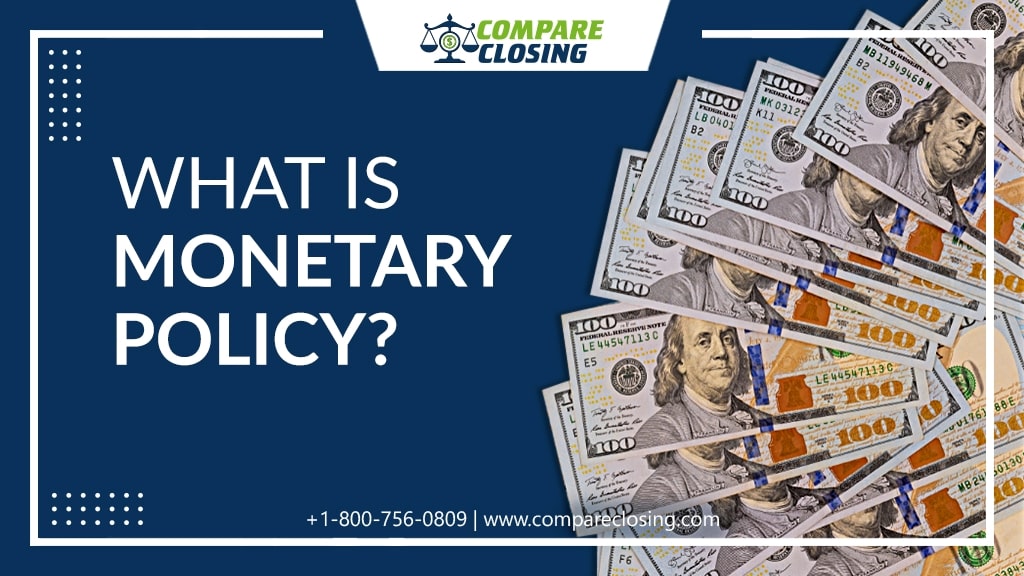Monetary policy is a set of tools built with the intention of promoting sustainable economic growth.
A country’s central bank promotes these tools by controlling the overall supply of money that is available at the nation’s banks, its consumers, and its businesses.
The sole intention of a monetary policy is to keep the economy pulsing along at a rate that is consistent.
To discourage spending the central bank may force up interest rates on borrowing or to inspire more borrowing and spending they may force down the interest rates.
The central bank uses the nation’s money for playing with the rates. The rates it charges to loan money to the nation’s banks are set by the central bank.
All financial institutions adjust the rates to their customers right from the big businesses who are borrowing for major projects or home buyers applying for mortgages are charged according to the rise and drop of the central bank.
Ideally, customers are more likely to borrow when rates are low and avoid borrowing when the rates are high.





